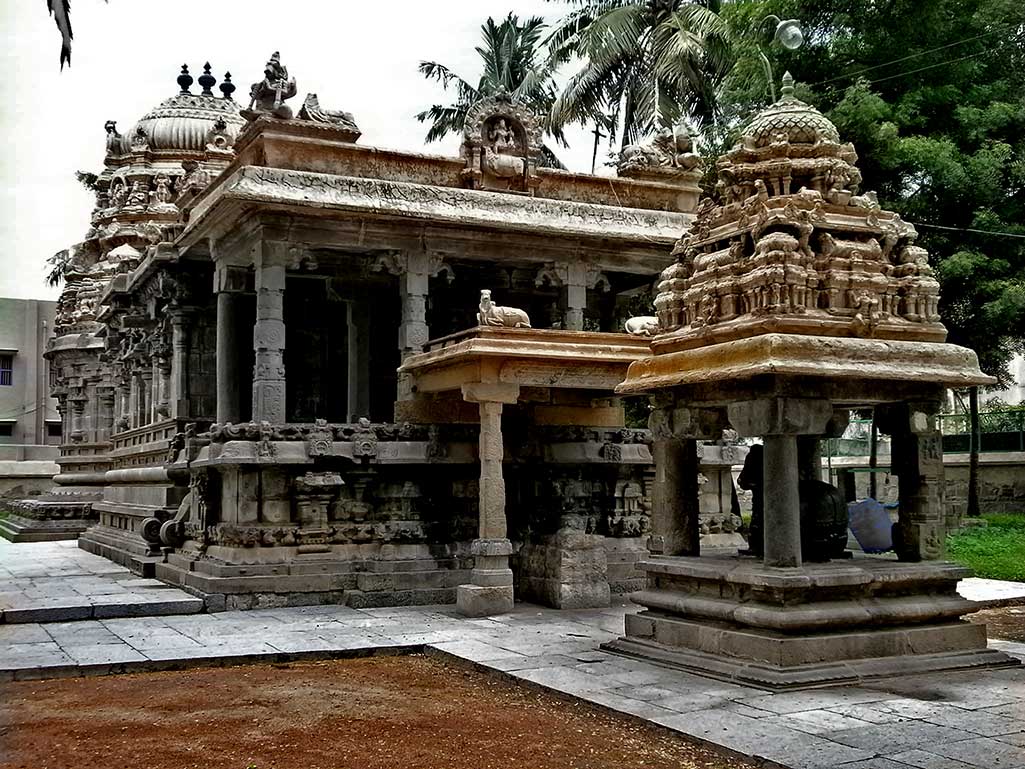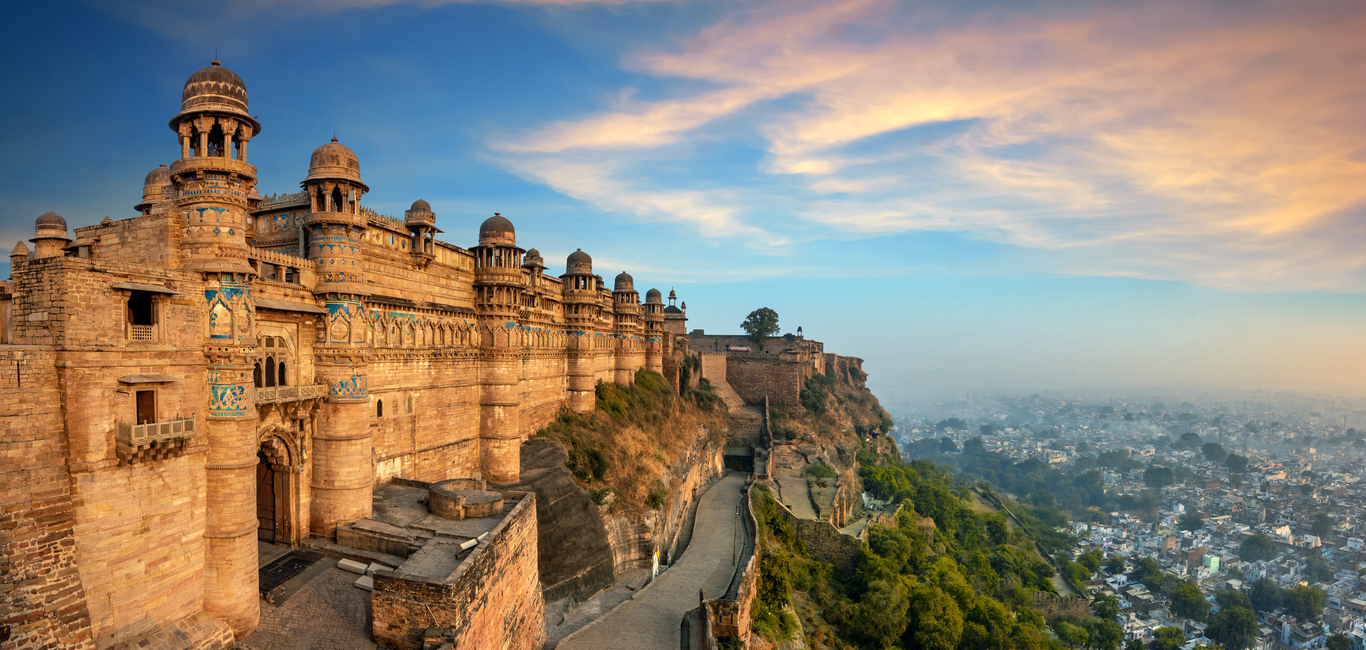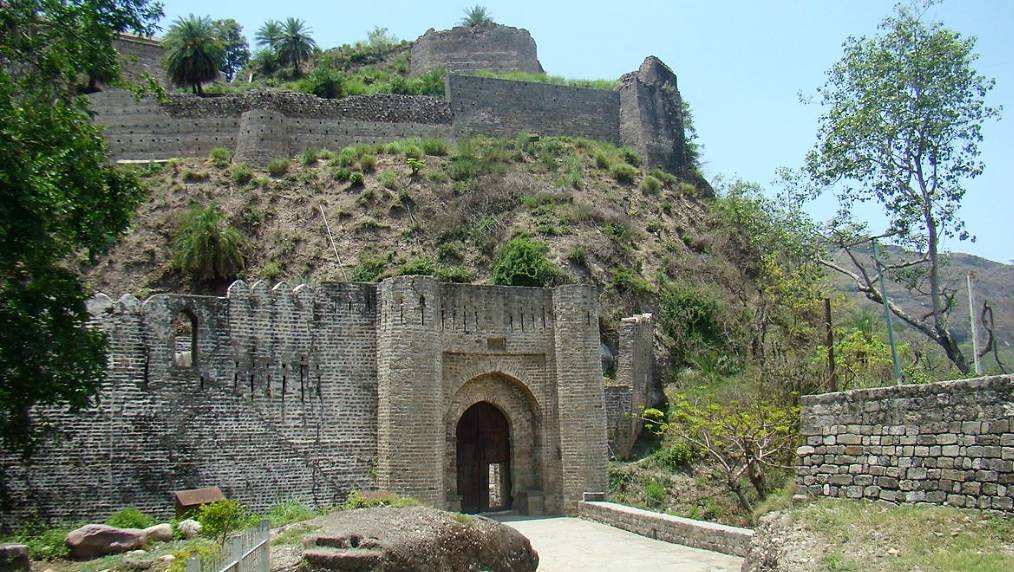 Kanchipuram, the Golden City of Thousand Temples, set on the banks of the Palar river is considered to be one of the seven sacred cities of India. It was under the control of the Cholas as far back as the 2nd century B.C. and a Pallava capital between the 6th and 8th centuries. Kanchi was a major center of learning, culture, and philosophy. It is also a world-renowned silk center.
Kanchipuram, the Golden City of Thousand Temples, set on the banks of the Palar river is considered to be one of the seven sacred cities of India. It was under the control of the Cholas as far back as the 2nd century B.C. and a Pallava capital between the 6th and 8th centuries. Kanchi was a major center of learning, culture, and philosophy. It is also a world-renowned silk center.
Kailasanathar Temple: It is one of the earliest and most exquisite temples of Kanchipuram. The temple was built in the late 7th century by the Pallava king Rayasimha and its sculptures, carved reliefs and the overall design and elegance is closer in style to the monolithic rock-cut temples at Mahabalipuram. The main sanctum enshrines a unique 16 sided Shivalingam in black granite stone.
Ekambarnathar Temple: The temple complex dedicated to Lord Shiva covers an area of about 20 acres and is one of the largest temples of the town. It was originally built by the Pallavas in the 7th century and remodeled extensively by the Cholas and Rayas. The 58.5 meters high gopuram and a massive outer stone wall were built in 1509, by Krishnadevaraya of Vijayanagar empire. The temple has five corridors and a 1000 pillared hall. The huge ‘Prithvi (Earth) Lingam’ inside the main sanctum is one of the Pancha (Five) Lingams of South India. There are also 1008 lingams carved out of a single stone. An ancient mango tree here believed to be over 3500 years old has four branches representing the four Vedas and bear fruits with four different tastes.
Varadarajaswami Temple: The large temple complex dedicated to Lord Vishnu was built in the 10th century by the Vijayanagar kings. It has a massive outer wall and a beautifully sculpted Kalyanamandapam called thousand pillared halls’. The exquisitely carved pillars depict various incarnations of Lord Vishnu.
Kamakshi Amman Temple: The sacred shrine of goddess Kamakshi (Parvati) is said to be originally built before the 7th century and was later rebuilt by the Cholas in the 14th century. It is set in the heart of the town and is one of India’s three holiest places of Shakti worship. The temple complex also has a shrine dedicated to Shankracharya, who founded the Kamakoti Peetam (monastery) and built a golden gopuram here.
Vaikunta Perumal Temple: This 7th-century shrine of Lord Vishnu was built by the Pallava king, Nadivarman II. Its towering Vimana with images of Lord Vishnu in standing, sitting, and reclining postures is noteworthy.
Jaina Kanchi or Tiruparuttikunram: The sacred site on the outskirts of the town has a conglomeration of several fine shrines reflecting the rich religious legacy of Kanchipuram. The beautifully painted Vardhman Temple and a smaller temple dedicated to Chandraprabha are noteworthy.
Anna Memorial: It is the birthplace of C. N. Annadurai, an eminent scholar and statesman.
 Around Kanchipuram
Around Kanchipuram
Some famous tourist attractions near Kanchipuram.
Vellore (64 kms.)
Vellore, the ‘Fort City’ of Tamil Nadu nestles amidst the Eastern Ghats and is well known for its Fort and Jalakanteshwara temple. There is also a church built in an old British cemetery. The historic city is now better known for its Christian Medical College, started by Dr. Ida Scuddar, a medical missionary. It is rated among the best medical institutions in the country.
Vellore Fort: The 16th-century granite fort built by Sinna Bommi Nayak, a vassal chieftain under the Vijayanagar kings is an excellent example of military architecture and has withstood several attacks. A small museum within the fort showcases objects of historic value, recovered from the region.
Jalakanteshwar Temple: This Shiva temple within the ramparts of the fort is built in the late Vijayanagar style. The temple is noted for its seven storeyed gopurams and the Kalyananmantapa.



